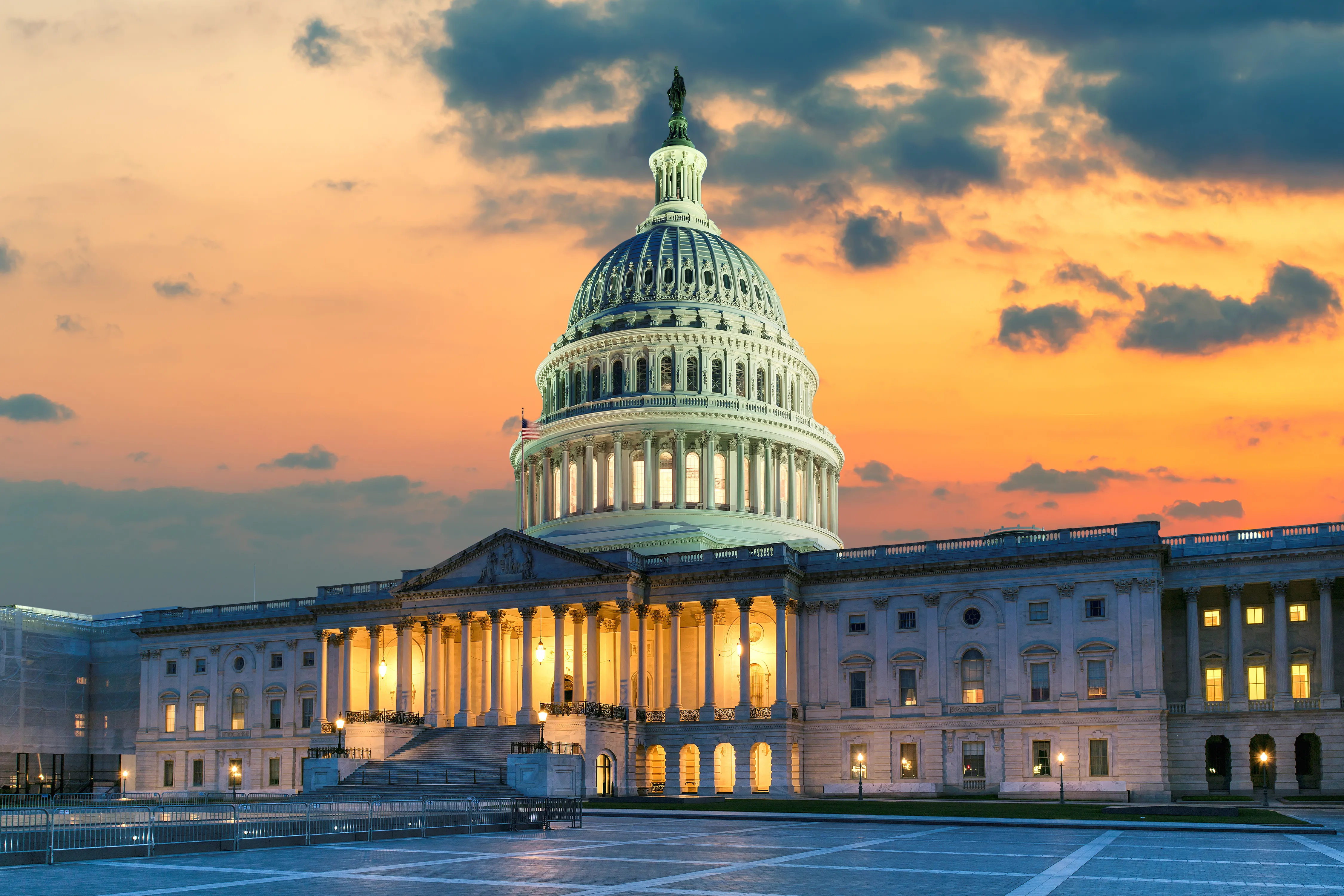
Washington runs on temporary funding measures
(The Center Square) – A continuing resolution, like the one passed last week to avert a government shutdown, has become a staple in Washington.
The short-term spending measures are the go-to for Congress when passing appropriations bills become difficult. The federal government has operated under one or more continuing resolutions in all but three of the past 46 fiscal years. A continuing resolution allows federal agencies and programs to continue operations while Congress and the President try to reach an agreement on regular appropriations by the start of the federal fiscal year.
But that rarely happens. Since 1977, the federal fiscal year has run from Oct. 1 to Sept. 30. The three fiscal years during which the government didn't operate under a continuing resolution were 1989, 1995 and 1997, according to a report from the U.S. Government Accountability Office.
[[{"fid":"11806","view_mode":"default","fields":{},"link_text":null,"type":"media","field_deltas":{"1":{}},"attributes":{"class":"media-element file-default","data-delta":"1"}}]]
From fiscal years 2010 through 2022, Congress and the President enacted 47 continuing resolutions that ranged from 1 day to 176 days, according to the report.
"This temporary funding creates uncertainty for agencies about when they will receive their final appropriation and what level of funding they will ultimately receive," according to the report.
Continuing resolutions have been blamed for limited operations at some agencies, inefficiencies, delays in hiring, repetitive work and other problems, according to previous GAO reports.
However, some federal agencies have been forced to figured out ways to deal with the uncertainty of frequent continuing resolutions.
"In our 2021 report on the Department of Defense's experiences with CRs, department officials told us that incremental planning for operating under a CR – creating spending plans for various CR scenarios and adjusting contracts to reflect available funding during a CR – was neither effective nor efficient, but had become routine," according to the report.
September 30, Congress passed a continuing resolution that funds the government for an additional 45 days.

















